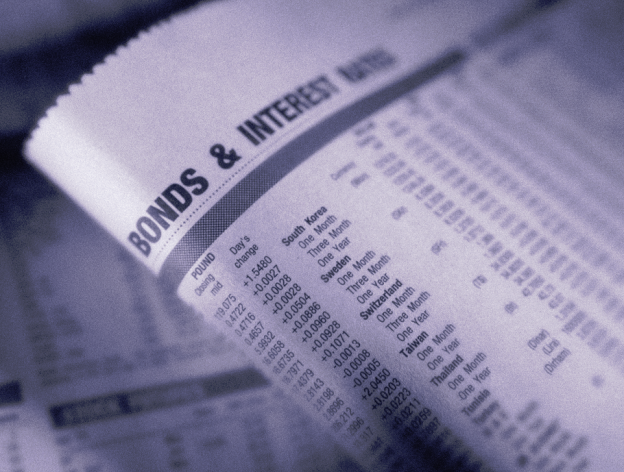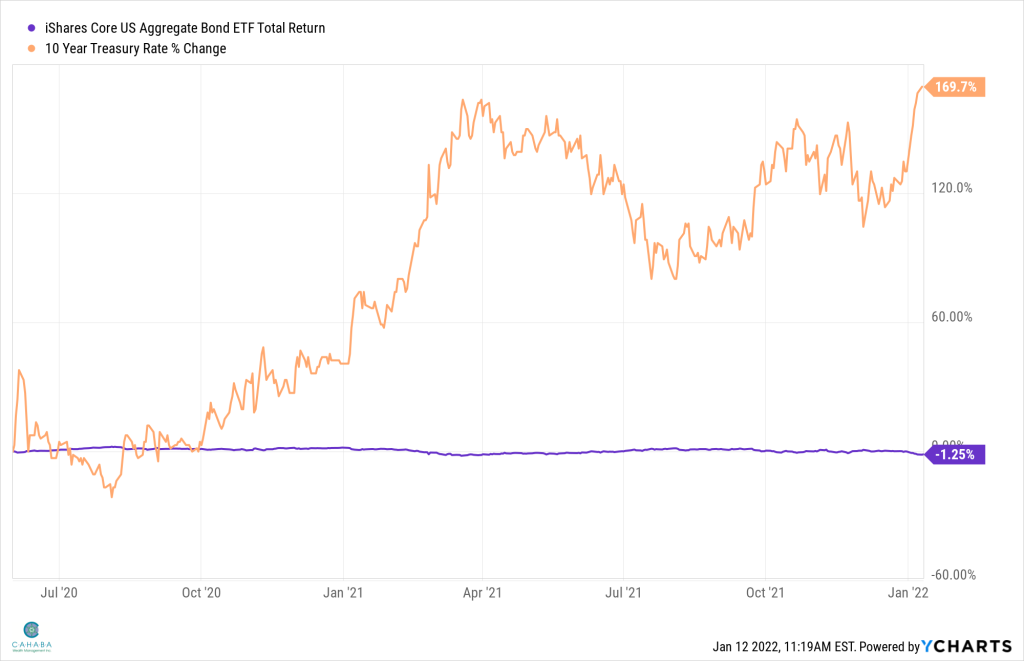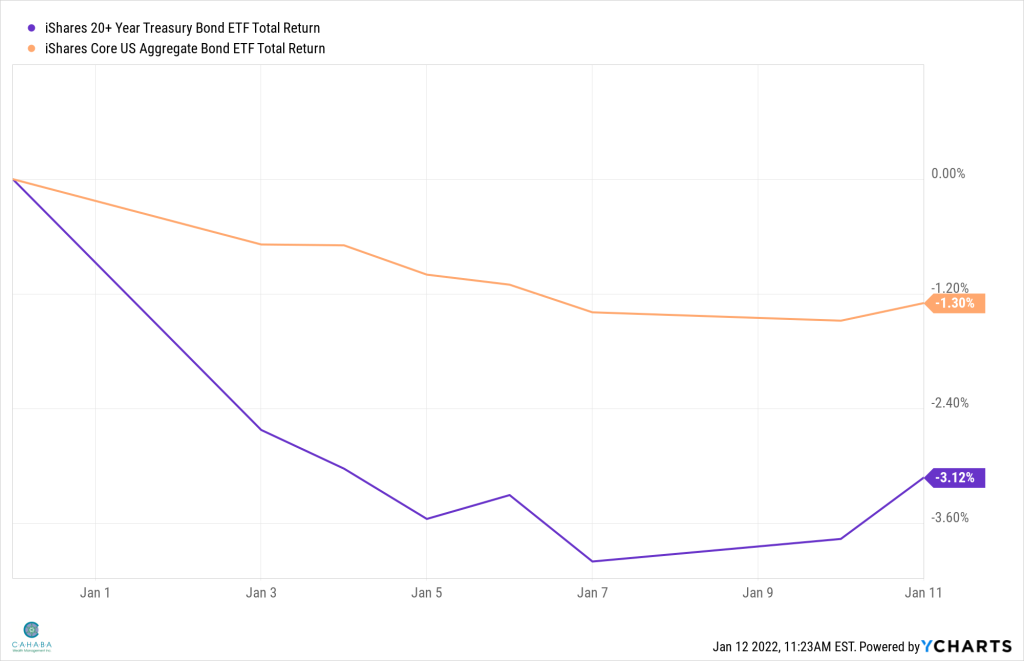By Will Jackson, CFP®
We frequently receive questions about charitable giving, most related to giving from a retirement account, Qualified Charitable Donations (QCDs). Did you know that there is another attractive option?
Charitable giving is an important aspect of many clients’ annual planning. Other than cash gifts, there are two primary ways we guide clients in making strategic charitable gifts.
If retired and eligible, we recommend making Qualified Charitable Donations (QCDs) from a retirement account. If that is not an option at this time, we recommend a Donor Advised Fund (DAF) as a great way to fund your future charitable giving while receiving an attractive tax benefit.
If you have QCD questions, please let us know. For this column, we will focus on the Donor Advised Fund, and four questions we frequently receive regarding DAFs.
What is a Donor Advised Fund?
A DAF is like an investment account for the purpose of supporting charitable organizations you care about. When you contribute cash, securities or other assets to a DAF, you are generally eligible to take an immediate tax deduction. Those funds can then be invested for tax-free growth, and you can recommend grants to virtually any IRS-qualified public charity at any point in the future.
When you give, you want your charitable donations to be as effective as possible. DAFs are the fastest-growing charitable giving vehicle in the United States because they are one of the easiest and most tax-advantageous ways to give to charity.
How do you contribute to a DAF?
You can donate cash, stocks or non-publicly traded assets such as private business interests, cryptocurrency and private company stock to be eligible for an immediate tax deduction all while funding your future charitable giving. The one point to always remember is that a contribution to a donor-advised fund is an irrevocable commitment to charity; the funds cannot be returned to the donor or any other individual or used for any purpose other than grant making to charities. It is important to only select assets that you feel are appropriate.
What happens to DAF assets while deciding what charity to support?
While you’re deciding which charities to support, your DAF can potentially grow, making available even more money for charities. Most sponsoring organizations have a variety of investment options from which you can recommend an investment strategy for your charitable dollars. For larger donations, there is the option to have your advisor manage the asset allocation of your DAF.
How long do you have to donate DAF assets?
The IRS does not have specific rules for when funds in a DAF must be used, but most DAF providers will require the account to be used at least once every two years.
You can support virtually any IRS-qualified public charity with grant recommendations from the DAF — from your local homeless shelter to your alma mater or religious institution. The public charity sponsoring your account will conduct due diligence to ensure the funds granted go to an IRS-qualified public charity and will be used for charitable purposes.
You can incorporate your DAF into estate planning by making a bequest in your will to the DAF sponsor, or by making the sponsor a beneficiary of a retirement plan, life insurance policy or charitable trust.
If you are interested in learning more about a QCD or DAF, please don’t hesitate to let us know. We are big believers in giving back to our communities, and are enthusiastic about helping our clients do the same.
Will Jackson, CFP®, is a partner and financial advisor in the Nashville office of Cahaba Wealth Management, www.cahabawealth.com.
Cahaba Wealth Management is registered as an investment adviser with the SEC and only transacts business in states where it is properly registered, or is excluded or exempted from registration requirements. Registration as an investment adviser does not constitute an endorsement of the firm by the SEC nor does it indicate that the adviser has attained a particular level of skill or ability. Cahaba Wealth Management is not engaged in the practice of law or accounting. Always consult an attorney or tax professional regarding your specific legal or tax situation. Content should not be construed as personalized investment advice. The opinions in this materials are for general information, and not intended to provide specific investment advice or recommendations for an individual. Content should not be regarded as a complete analysis of the subjects discussed. To determine which investment(s) may be appropriate for you, consult your financial advisor.



